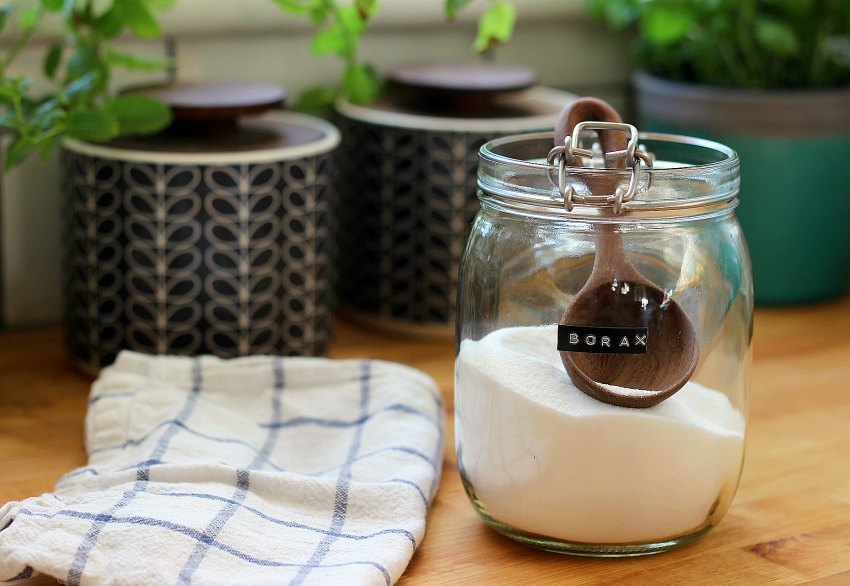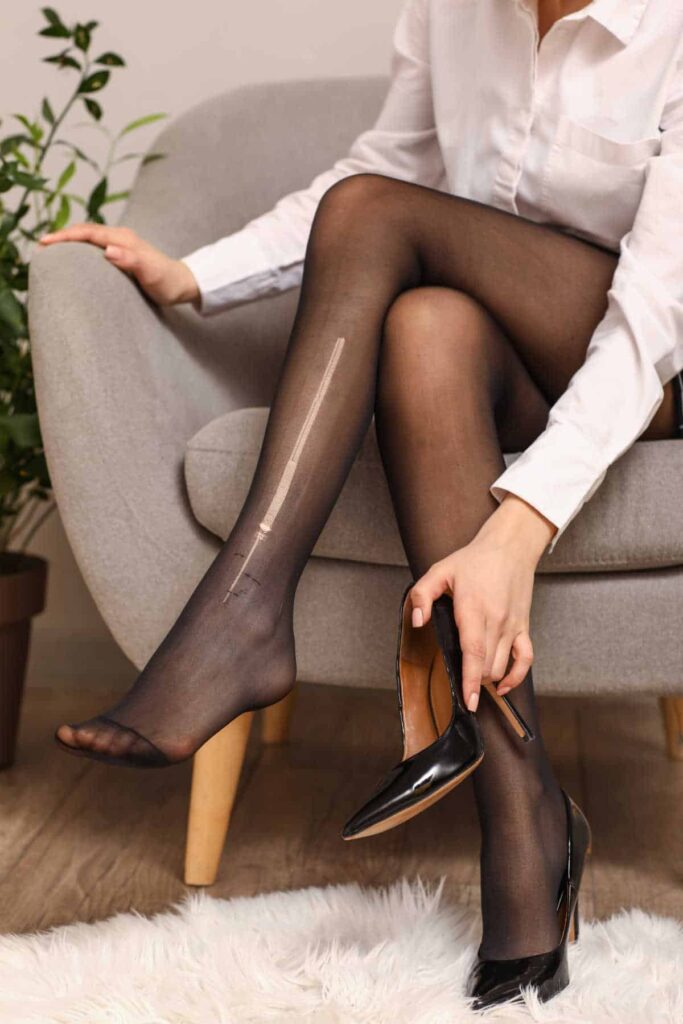7 Recycled Swimwear Brands Tackling Plastic Pollution
To support the running costs of Moral Fibres, this post may contain affiliate links. This means Moral Fibres may earn a small commission, at no extra cost to readers, on items purchased through these links.
Looking for recycled swimwear made from plastic bottles or discarded fishing nets? I’ve got seven brands right this way for you – for men, women and children – that are making waves by tackling plastic pollution one swimming costume at a time.
Swimwear has been an incredibly tricky market to make more environmentally friendly. This is because it’s not yet possible to make plastic-free swimwear, without going back to the woollen swimsuits of yesteryear.
These woolly creations got very heavy as soon as you got in the water. This weight meant that the swimsuit or shorts failed to hold their shape and had a tendency to fall down. Not what you want to happen when you’re casually walking out of a pool!
As you can imagine, as soon as synthetic fabrics came along, such as polyester and nylon, wool was quickly ditched. These more elasticated and durable fabrics were much better when it came to preserving your modesty.
Since then, swimwear hasn’t changed much. Only until the last few years, the ethical swimwear market was a poor show, related only to swimsuits made in the UK. Although it’s not currently possible to avoid plastic in swimwear, there are now more sustainable options. The main one is swimwear made from recycled plastic.
I think in time, a natural plastic-free alternative will be developed with those key qualities that we need. However, for now, if you’re looking for sustainable swimwear, then recycled is your key criterion.
The Best Recycled Swimwear Brands

The good news is that there are now lots of sustainable swimwear brands out there, catering to men, women and children. Here are my top tips for the swimwear brands tackling ocean plastic, and making recycled look cool:
This price guide is: £ = Under £50 | ££ = £50 – 100 | £££ = £100+
Davy J

Price: £££
Caters for: Women (UK sizes 6 – 18_
Available from: Davy J
Davy J’s swimwear is made from ECONYL® – a regenerated form of nylon. This is a high-performance fabric that’s created using ocean waste, such as discarded fishing nets, post-industrial plastic, and even old carpets.
As well as being made from recycled plastic, Davy J’s swimwear is also designed to last longer. A double-lined, high elastane composition provides extra strength, durability, and shape.
Davy J is also aiming to build a closed-loop resource system, where you can return your swimwear at the end of its life for recycling, so do keep an eye out for that.
Fletch & Mills

Price: £ – ££
Caters for: Women (UK sizes 8 – 16), Men (size S – XL) and Kids (age 1 – 9 years)
Available from: Etsy
If you have ever dreamed of matching your family at the beach or swimming pool, then take a look at Fletch & Mills.
Fletch & Mills makes printed swimsuits and swim shorts, handmade from recycled polyester sourced from plastic bottles.
Its fun prints are available for men, women, boys and girls. This means that everyone in the family can match, whether it’s father and daughter, mother and son, or brother and sister, or any combination of your choice.
Swimwear can also be purchased individually if you’re just looking for recycled swimwear for yourself – twinning is not compulsory!
Fat Face

Price: £
Caters for: Men (XS – 4XL), Women (UK 6 – 24), and kids (0 – 13 years)
Available from: Fat Face
Fat Face, a newly minted B-Corp (a business that meets high standards of social and environmental performance, transparency, and accountability) now makes all of its swimwear with recycled polyester.
Whether you are looking for men’s swim shorts, women’s swimsuits, bikinis, tankinis, long-sleeved rash vests, or kid’s swimwear, it’s all here at high street prices.
These all come in a variety of fun patterns and prints, that you’ll love to wear, whether it’s on a sunny beach or at your local swimming pool.
RubyMoon Swim

Price: ££
Caters for: Women (UK sizes 6 – 20)
Available from: RubyMoon
RubyMoon is a sustainable swimwear and activewear brand for women. Its entire collection is ethically manufactured and made from sustainable materials,
RubyMoon also helps women set up and grow businesses across the globe. Here, 100% of the net profits generated by RubyMoon are lent out as small loans, to empower women entrepreneurs in eleven nations.
RubyMoon makes its swimwear from ECONYL® nylon yarn. This is sourced from used fishing nets and other waste material from the Mediterranean, Aegean & North Seas. Its swimwear is also PETA-Approved Vegan and Oeko-Tex certified.
What I also like is that RubyMoon’s swimsuits come with a hidden ‘shelf bra’. This provides extra support for those with larger chests.
White Stuff

Price: £
Caters for: Women (UK sizes 6 – 22) and Kids (age 3 – 10 years)
Available from White Stuff
White Stuff is another high-street retailer getting in on the recycled plastic act when it comes to swimwear.
Its women’s and kids’ swimwear (from age 3 up to age 10) is made from recycled nylon. This is all part of White Stuff’s work to move towards recycled synthetic rather than synthetic fabrics made from virgin plastic.
Known as REPREVE, this synthetic fabric is made from recycled industrial waste and plastic bottles,
Find rash vests, bikinis, swimsuits and even reversible swimwear, in stylish prints, all at High St prices.
Boden

Price range: £ – ££
Caters for: women (UK sizes 6 – 20), men (sizes s – XXL), and kids (age 0 – 14 years)
Available from Boden
Made from recycled polyamide and lined with recycled polyester, Boden has quietly been making its swimwear more sustainable over the past few years.
With fun patterns and classic colours, you can shop for women’s swimsuits and bikinis, in a multitude of styles.
Men are also catered for. Find swim shorts and board shorts – made from recycled polyester – all under £50, and again in a variety of prints and colours.
And for kids (from zero to age 14) find sun-safe rash vests and swimwear from £17.
And with Boden’s 365-day quality guarantee – where you can return anything that does not meet Boden’s quality standards up until one year after your order arrives – you can be sure that Boden stands by the quality of its garments.
Frugi

Price range: £
Caters for: Kids (6 months – 6 years)
Available from: John Lewis
For kids, Frugi, one of the original ethical kids clothing brands is well worth a look.
Here you’ll find a variety of sun-safe swimwear that passes British Sun-safe standards UPF 40+, that’s made from recycled polyester.
What’s also to love is that Frugi’s swimwear is dyed with chlorine-safe colours. This means your swimwear will stay looking vibrant swim after swim – perfect for passing on to the next child.
Available in fun prints and designs, your kids will love these clothes designed with fun in mind.
Does Recycled Swimwear Release Microplastic?
The really key question is does recycled swimwear release microplastic. The answer to this is yes, like regular swimwear, recycled swimwear does release microplastic. In fact, any clothing made from recycled plastic does release microplastic. Using recycled fabric is definitely not a silver bullet to the microplastic problem.
If you’re not aware of the microplastic problem, then microplastics are tiny pieces of plastic that are shed every time we wash synthetic clothing. This doesn’t sound like much of a big deal, but the problem is that microplastics end up in the food and drink that we consume. Ultimately it ends up in our bodies, where scientists are currently not sure what the long-term effects of this may be.
Microplastic also comes from a variety of other sources. This includes sunscreen and cosmetics, but industrial sources too.
However, this isn’t to say that we shouldn’t buy recycled swimwear. The main benefit of buying swimwear made from recycled plastics is that it reduces the need for fossil fuel usage. Plastic is made from fossil fuels such as oil, coal, and gas. These resources are non-renewable and contribute to our climate crisis. If we use fewer fossil fuels, we reduce our carbon emissions, which is good news for the planet.
What Can I Do About Microplastic?
To help reduce the microplastics that your swimwear releases, one solution at the individual level is to wash your swimwear in a product that catches microplastics, such as a Guppyfriend.
You can also gently hand wash your swimsuit in cold water, rather than machine washing it.
And, if you can, write to local MP to encourage them to take action on microplastics. This is because it’s simply too big an issue for individuals to shoulder the responsibility or cost of. In France, for example, legislation has been passed that will require all washing machine manufacturers to fit microplastic filters as standard on all new washing machines. That’s the kind of action we should be aiming for.
Found this post useful? Please consider buying me a virtual coffee to help support the site’s running costs.





I meant to say good information on the microplastics. I personally use a Cora Ball for my loads of washing and use delicate bags for washing thinks like my bras.
Do these bathers create quite a bit of microfibers?
All swimsuits do, whether they are made from recycled plastic or not, and unfortunately we’re not at the stage where there is an alternative yet. The microplastic is mostly shed during the washing process because of the tumbling and spinning process in washing machines, so gentle handwashing in cool water is key, or using a microplastic catcher if possible.
Really helpful, thank you!
Thanks Jane, my pleasure!